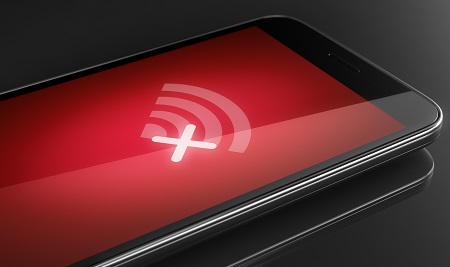Does your office WiFi drive you nuts? Is the signal strength terrible, or does it periodically ‘blink’ out entirely? Can it be made better, and if so, how much will it cost?

Unreliable workplace WiFi is one of the most common business technology complaints. Unfortunately, there’s no one single cause – but there are some that are more common than others. If you fit in any of these categories, you probably need to make some changes to your WiFi configuration.
You have a router designed for home use in your office.
The average household size in the United States is 2.6 people. Home routers aren’t designed to support even a 10-person office. This is especially true if your upstream devices (like firewalls and servers) are using proprietary technologies that home routers aren’t designed to handle well. If dozens of phones and computers are connecting to a home router in your office, it’s probably been working in overdrive mode to even support the low level of service that it is providing.
Your workplace has thick steel walls or large glass walls.
WiFi signals do not travel through all material equally well. Heavy steel walls block signal transfer, while signals can bounce off of glass rather than travelling through it. If your routers are covering the square footage stated in the manual but it’s not providing enough coverage, it might be because you have an office with lots of ‘signal obstacles’ like metal or glass. Unfortunately, this means you’ll either need more routers or signal amplification to achieve the office WiFi coverage you need.
Your WiFi users are uploading or downloading large files.
If you have devices connected wirelessly that download large files, then they can quickly eat the WiFi bandwidth. For instance, a laptop user connected wirelessly that’s downloading large 3D CAD design files or videos can clog the airwaves, slowing down the internet for everyone else. If multiple people are using high-fidelity audio streaming services over WiFi to listen to music while they work, it can also slow things down.
One other important note – if internal network access is plenty fast, but internet downloads are not, it may not be the wireless router acting as the bottleneck. The bottleneck could be your internet connection. Large downloads or heavy streaming can use most of the throughput provided by your internet service provider. In these cases, a WiFi upgrade won’t help at all.
To learn how WingSwept can help your office get the best use of technology, call us at 919.779.0954 or email us at Team_WingSwept@wingswept.com and ask about our managed service offering.
